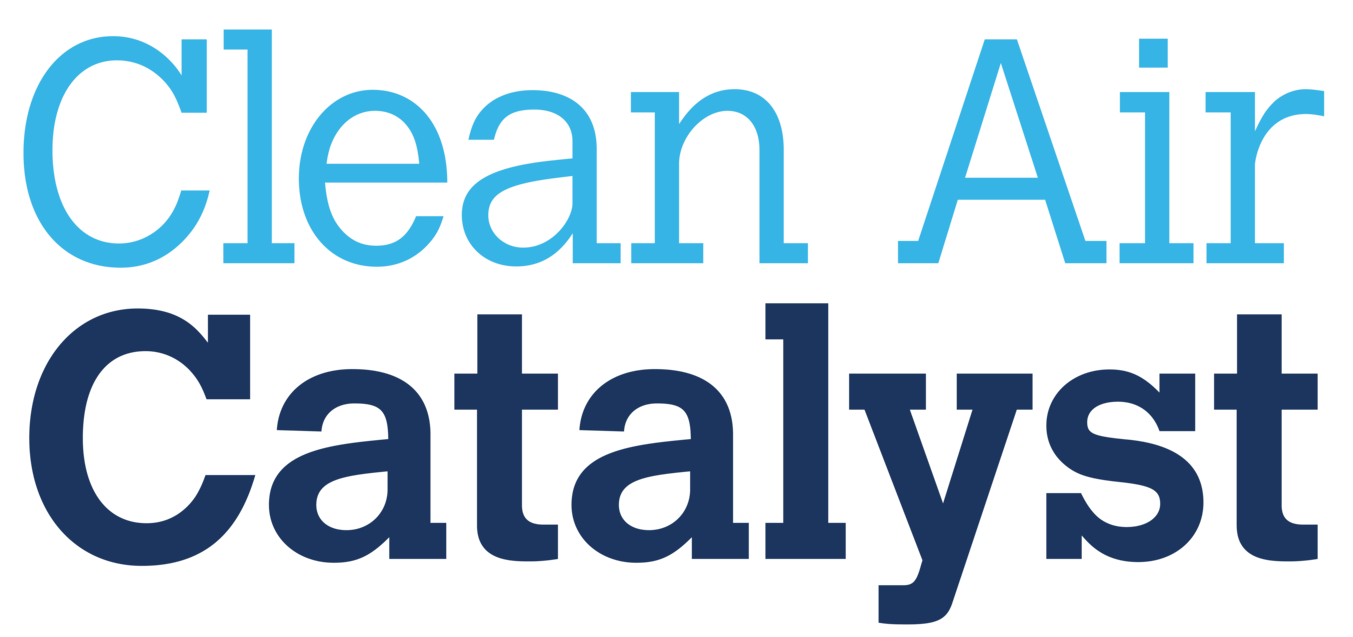
Indore,
India
Photo credit: Raju Pawar

EDF and WRI co-lead the Indore project with a locally-based team of air quality, health, gender, engagement, and project management staff. Vital Strategies and Internews’ Earth Journalism Network focus on health and media engagement. OpenAQ advises on data sharing, Columbia University Clean Air Toolbox for Cities is providing training and MAPAQ assists with modeling.
Watch the Indore Launch Video
Clean Air Catalyst installed new Air Quality Monitoring stations throughout Indore in February 2023. Learn more about how the monitors work and how they will help the local government improve Indore’s air quality below.
Partners
The Catalyst Indore team is working in close collaboration with the Indore Municipal Corporation. Other partners and collaborators include Madhya Pradesh Pollution Control Board; Indian Institute of Technology, Delhi; the Indian Institute of Science, Education and Research, Maholi; the Shri Govindram Seksaria Institute of Technology; and Public Health and Family Welfare Department, Madhya Pradesh. The Indore project has also signed agreements with the Government Public Health Engineering Building Musakhedi, Malav Kanya Higher Secondary School and Government High School Bicholi Hapsi to host air quality monitoring stations.
With a population of 3.4 million, Indore is a commercial hub and the most populous city in the state. The city is not meeting the national government’s ambient air quality standards Existing air pollution data suggests that particulate matter concentrations exceed World Health Organization standards and are steadily increasing. The largest contributors to Indore’s air pollution include vehicle transport, road and construction dust, residential cooking fuel, municipal waste burning, industry, diesel generators and brick manufacturing industries.
This report is updated regularly with the latest research on air quality in Indore.
Detailed Analysis of Air Pollution Sources and Activities in Indore City
According to the 2022 World Air Quality Report, India is the eighth most polluted country in the world. The entire population in India lives in areas with annual average particulate matter (PM2.5) concentration exceeding air quality guidelines recommended by the World Health Organization (WHO), and 94% of people reside in areas with PM2.5 concentration exceeding the Indian National Ambient Air Quality Standards. Air pollution accounted for 1.67 million deaths in India in 2019, which was 17.8% of the total deaths nationwide. Better understanding of the sources affecting air quality through monitoring and emission inventories is crucial to inform actions to reduce emissions and improve health.
Understanding Indore’s Air
Indore Clean Air Coalition
Air Pollution and Health Factsheet
Air pollution has become an increasingly urgent health issue in Indore, carrying serious consequences for the well-being of all residents. This factsheet explains how air pollution affects the health of Indore residents and the benefits of taking action to reduce it.
News and Highlights from Indore
Key Contacts
Kaushik Raj Hazarika
Advisor, EDF
Project Manager, Clean Air Catalyst in Indore
Email: khazarika@edf.org
Prakash Doraiswamy
Director of Air Quality, WRI India
Email: prakash.doraiswamy@wri.org
“I find Indore’s achievement of being declared the cleanest city for solid waste in India inspiring. It is a testament to the dedication of the public representatives, government officials and general public, and demonstrates what we all can achieve by well-concerted public action. My hope is that Clean Air Catalyst will spur similar innovation and success, making Indore an air quality role model for other South Asian cities.”

Experts












